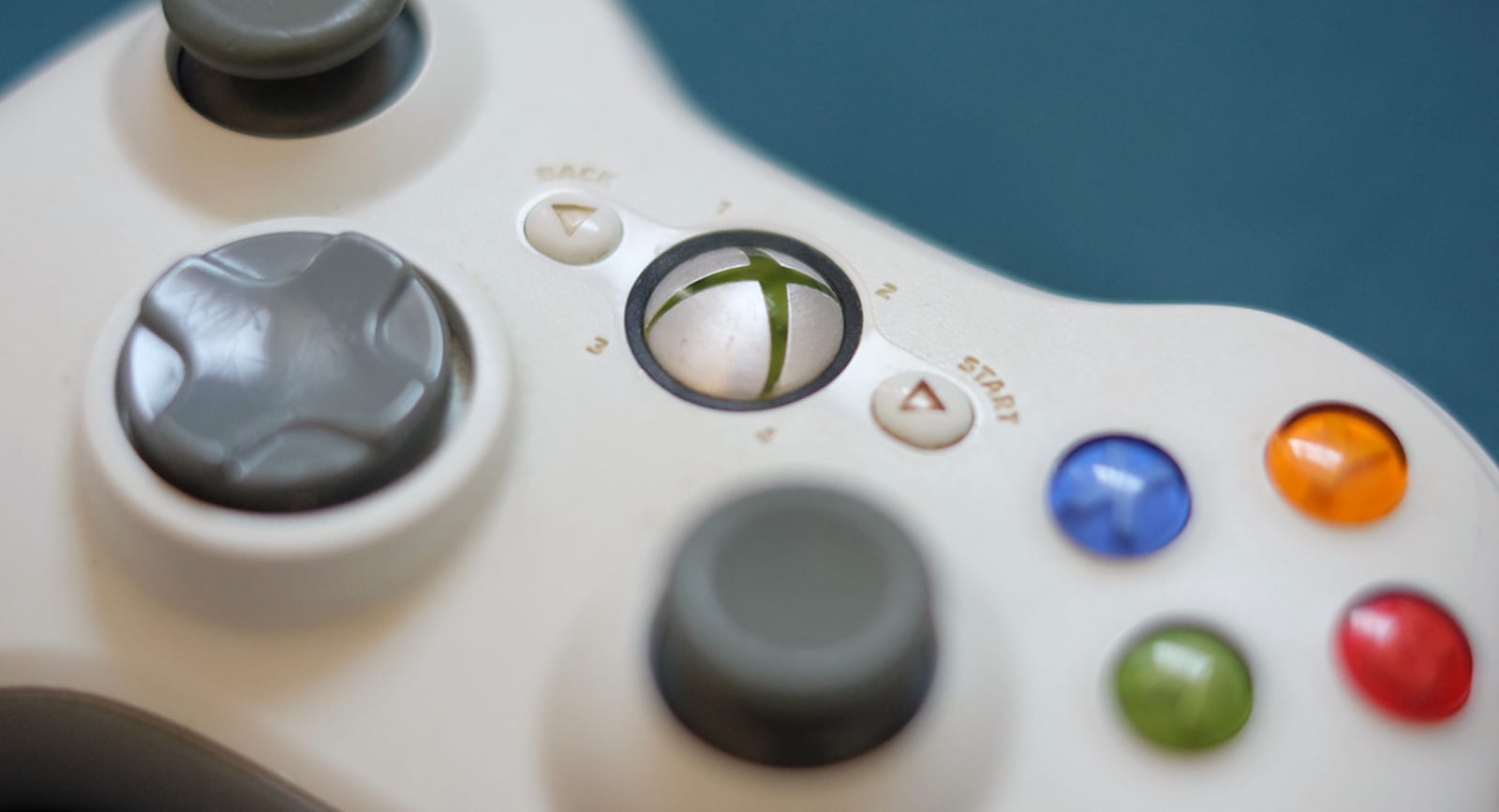

L’Oréal has announced its acquisition of ModiFace, an augmented reality beauty app maker based in Canada. The company says that this decision is part of its digital acceleration strategy to give its 34 international brands the tools they need to succeed in this competitive digital environment. Modiface has plenty of experience working with big cosmetics brands to create augmented reality apps for mobile and desktop so it’s going to be a good fit for L’Oreal.
ModiFace has developed technologies that enable 3D virtual make-up, color and skin diagnosis services using proprietary software that tracks facial features and color. Its software is used by nearly all major beauty brands.
It’s the same company that provided that make-up tool experience in Bixby Vision on the Galaxy S9 and the Galaxy S9+. ModiFace has also developed augmented reality mirrors that can enable users to try out makeup without actually having to put it on.
“ModiFace will support the reinvention of the beauty experience around innovative services to help our customers discover, try and chose products and brands,” said Lubomira Rochet, Chief Digital Officer of L’Oréal.
L’Oréal’s Digital Services Factory will absorb ModiFace, it’s a dedicated division at the company that’s involved in designing and developing new digital services for the various brands in the group’s portfolio. It’s going to work in close collaboration with L’Oréal’s Advanced Research.
AR Beauty App Maker ModiFace Acquired By L’Oreal , original content from Ubergizmo. Read our Copyrights and terms of use.
Yann Arnaud was a 15-year veteran of the company.
When you get a new car, and you’re feeling like a star, the first thing you’re probably going to do is ghost ride it. This is where the Owl camera can come in.
I’ve been testing Owl, an always-on, two-way camera that records everything that’s happening inside and outside of your car all day, every day for the last couple of weeks.
The Owl camera is designed to monitor your car for break-ins, collisions and police stops. Owl can also be used to capture fun moments (see above) on the road or beautiful scenery, simply by saying, ‘Ok, presto.’

If Owl senses a car accident, it automatically saves the video to your phone, including the 10 seconds before and after the accident. Also, if someone is attracted to your car because of the camera and its blinking green light, and proceeds to steal it, Owl will give you another one.
For 24 hours, you can view your driving and any other incidents that happened during the day. You can also, of course, save footage to your phone so you can watch it after 24 hours.
Setting it up
The two-way camera plugs into your car’s on-board diagnostics port (Every car built after 1996 has one), and takes just a few minutes to set up. The camera tucks right in between the dashboard and windshield. Once it’s hooked up, you can access your car’s camera anytime via the Owl mobile app.
I was a bit skeptical about the ease with which I’d be able to install the camera, but it was actually pretty easy. From opening the box to getting the camera up and running, it took fewer than ten minutes.

Accessing the footage
This is where it can get a little tricky. If you want to save footage after the fact, Owl requires that you be physically near the camera. That meant I had to put on real clothes and walk outside to my car to access the footage from the past 24 hours in order to connect to the Owl’s Wi-Fi. Eventually, however, Owl says it will be possible to access that footage over LTE.
But that wasn’t my only qualm with footage access. Once I tried to download the footage, the app would often crash or only download a portion of the footage I requested. This, however, should be easily fixable, given Owl is set up for over-the-air updates. In fact, Owl told me the company is aware of that issue and is releasing a fix this week. If I want to see the live footage, though, that’s easy to access.
Notifications
Owl is set up to let you know if and when something happens to your car while you’re not there. My Owl’s out-of-the-box settings were set to high sensitivity, which meant I received notifications if a car simply drove by. Changing the settings to a lower sensitivity fixed the annoyance of too many notifications.
Since installing the Owl camera, there hasn’t been a situation in which I was notified of any nefarious behavior happening in or around my car. But I do rest assured knowing that if something does happen, I’ll be notified right away and will be able to see live footage of whatever it is that’s happening.
My understanding is that most of the dash cams on the market aren’t set up to give you 24/7 video access, nor are they designed to be updatable over the air. The best-selling dash cam on Amazon, for example, is a one-way facing camera with collision detection, but it’s not always on. That one retails for about $100 while Amazon’s Choice is one that costs just $47.99, and comes with Wi-Fi to enable real-time viewing and video playback.
Owl is much more expensive than its competition, retailing at $299, with LTE service offered at $10 per month. Currently, Owl is only available as a bundle for $349, which includes one year of the LTE service.

Unlike Owl’s competition, however, the device is always on, due to the fact it plugs into your car’s OMD port. That’s the main, most attractive differentiator for me. To be clear, while the Owl does suck energy from your car’s battery, it’s smart enough to know when it needs to shutdown. Last weekend, I didn’t drive my car for over 24 hours, so Owl shut itself down to ensure my battery wasn’t dead once I came back.
Owl, which launched last month, has $18 million in funding from Defy Ventures, Khosla Ventures, Menlo Ventures, Sherpa Capital and others. The company was founded by Andy Hodge, a former product lead at Apple and executive at Dropcam, and Nathan Ackerman, who formerly led development for Microsoft’s HoloLens.
P.S. I was listening to “Finesse” by Bruno Mars and Cardi B in the GIF above.
 The Navy’s fourth USS Colorado attack submarine has recently gone into service with an Xbox controller onboard. No, not so sailors can play Overwatch: they’ll actually be using the gaming device to steer the vehicle’s two photonics masts, which you c…
The Navy’s fourth USS Colorado attack submarine has recently gone into service with an Xbox controller onboard. No, not so sailors can play Overwatch: they’ll actually be using the gaming device to steer the vehicle’s two photonics masts, which you c…

About a month ago Facebook decided that it would no longer allow ads for cryptocurrencies and other dubious financial products such as binary options on its platform. The world’s largest social network wanted to ensure that its users were kept safe from rampant cryptocurrency scams and get rich quick schemes involving web-based financial products that were too good to be true. Google took a similar step not too long ago and according to a new report, Twitter may be next.
Sources tell Sky that Twitter is going to implement an outright ban against ads for initial coin offerings or ICOs, token sales and cryptocurrency wallets within the next couple of weeks. The report also adds that Twitter may even ban ads for some cryptocurrency exchanges with “some limited exceptions.”
Twitter hasn’t confirmed or denied this as yet but if it does decide to implement a blanket ban on cryptocurrency-related ads, it wouldn’t be surprising. Cryptocurrency scams show no signs of slowing down and the company would certainly want its users to be protected from them.
This is why it would make sense for Twitter to follow in the footsteps of Facebook and Google to make sure that its platform isn’t used to cheat people out of their hard-earned money.
Twitter May Be Next To Ban Cryptocurrency Ads , original content from Ubergizmo. Read our Copyrights and terms of use.

Carriers in the United States are gradually rolling out Android 8.0 Oreo for the Galaxy S8 and Galaxy S8+. Verizon was the first major carrier in the country to release said update for last year’s flagships from Samsung with T-Mobile following suit a couple of days ago. Multiple reports have now surfaced online about Sprint’s roll out of Oreo for the aforementioned devices. The carrier is rolling out Android 8.0 Oreo for the Galaxy S8 and the Galaxy S8+.
Sprint has released firmware version G950USQU2CRB9 and G955USQU2CRB9 for the Galaxy S8 and the Galaxy S8+ respectively. The update is rolling out over-the-air so it may be a while before it’s available for download in all regions across the country. The update file itself weighs in at just over 1.5GB which isn’t surprising seeing as how this is a major Android OS update.
Much like the updates that Verizon and T-Mobile have already rolled out for both devices, Sprint’s release brings Android version 8.0 and Samsung Experience 9.0. All of the bells and whistles from Oreo are included in this update as is the security patch for the month of February.
Galaxy S8 and Galaxy S8+ owners on Sprint who have yet to receive the update shouldn’t expect to have to wait much longer. It’s only a matter of time before that much-awaited update notification pops up on their device. With Sprint rolling out this update, only AT&T is left, and we can expect the carrier to roll out this update on its network in the near future.
Sprint Releases Oreo For Galaxy S8 And Galaxy S8+ , original content from Ubergizmo. Read our Copyrights and terms of use.
The former FBI director’s yet-to-be released book was #2 on Amazon’s list Sunday.

Trey Gowdy To Trump’s Laywer: If You Have An Innocent Client, ‘Act Like It’
Posted in: Today's ChiliThe attorney’s call to end the special counsel probe is a disservice to the president, said Gowdy.








